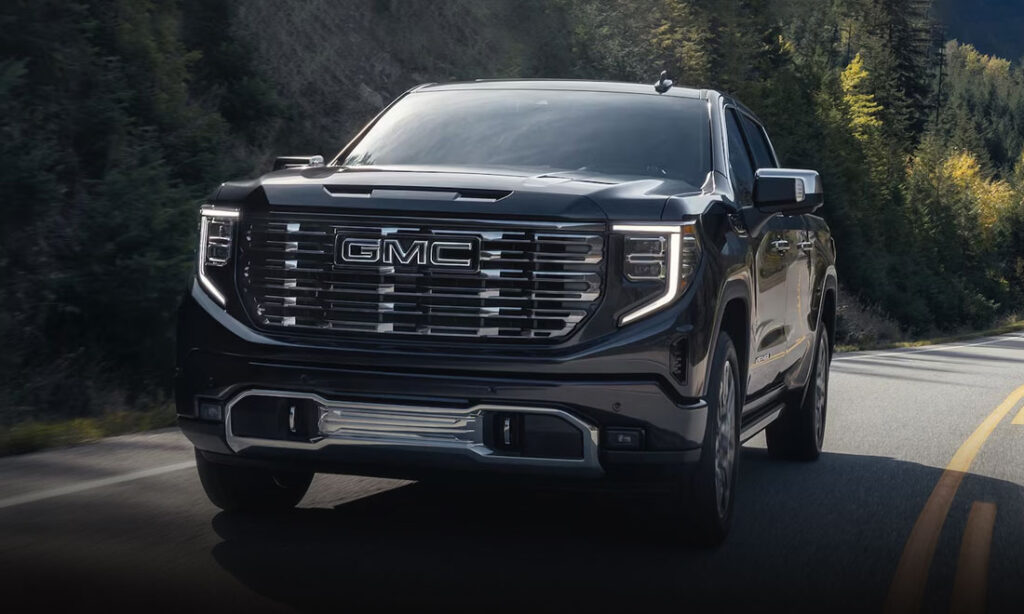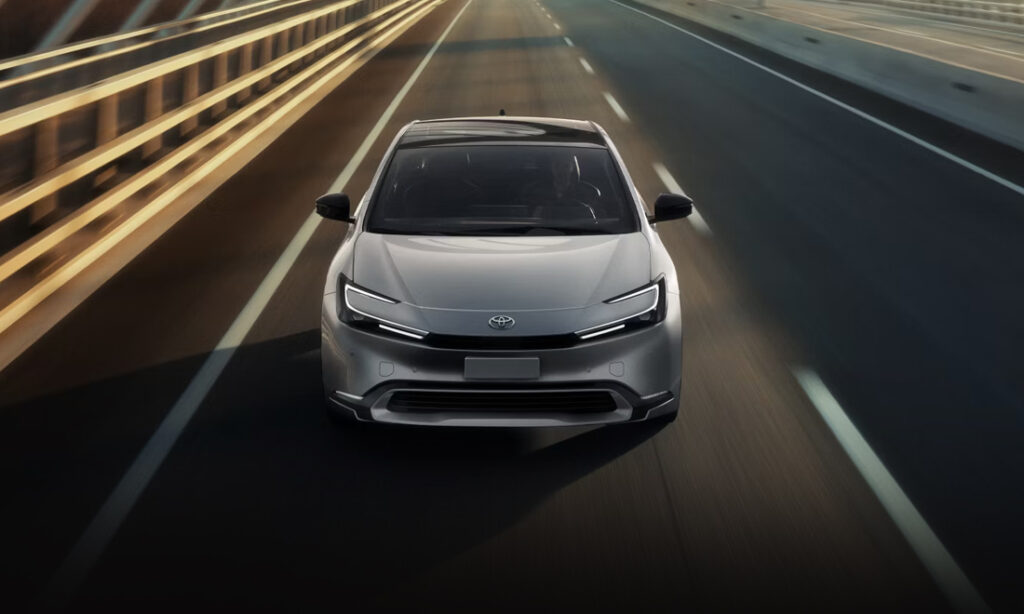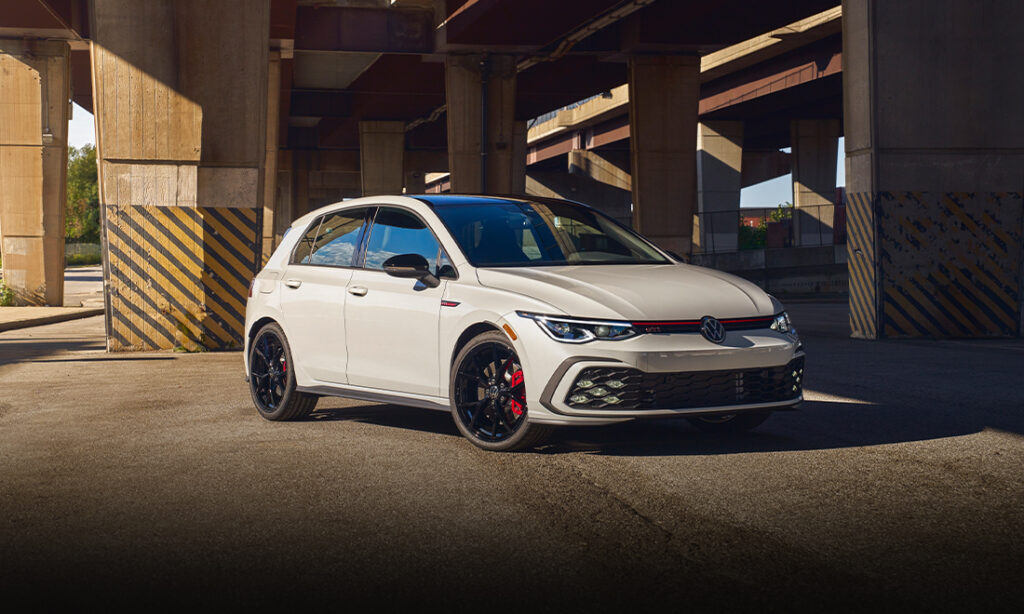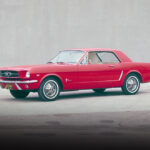What Makes the 2nd Generation Cutlass 442 a Classic?
A look back at the spectacular gas-guzzling tarmac-rippling second-generation Oldsmobile Cutlass 442, a muscle car for the ages.
Why We Love The 2nd Generation Oldsmobile Cutlass 442
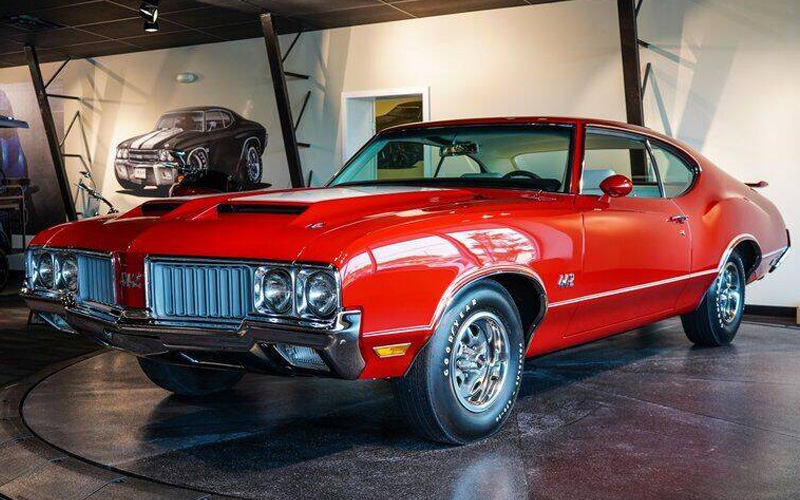
Why is it that even today when an Oldsmobile 442 rolls by, people (author included) hop up and down, gesturing wildly at the big old Olds rumbling by? Because Oldsmobile was not typically associated with performance. Instead, it was known as a maker of land yachts in the 1960s and 1970s followed by mostly forgettable badge-engineered blobs until its last gasp in 2004. So, when Olds unleashed an all-time muscle car named 442, people took notice as much then as today.
The Sweet Spot of the 442 Name Plate
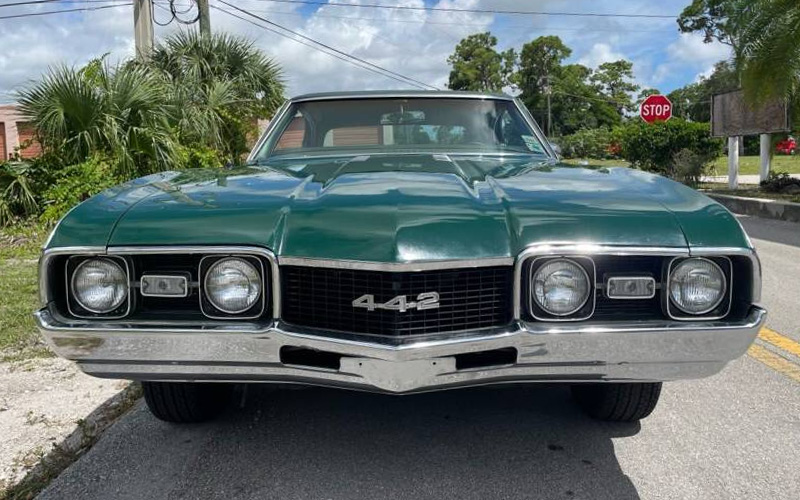
The 442 moniker was applied as early as 1964 when it was an optional package for the F-85 and Cutlass and as late as the 1990s on a *gasp!* four-cylinder Olds. But the sweet spot, the really cool 442s were the second-generation Oldsmobile Cutlass 442 models built between 1968 and 1972.
It was during this time that the Oldsmobile 442 was a standalone model, which meant it benefitted from all the unhinged muscle car engineering that came with that status. So, let’s look at the ins-and-outs, nuts-and-bolts, and ups-and-downs of the second-gen Oldsmobile Cutlass 442.

The nameplate 442 was variously used with and without hyphens by Oldsmobile internally and on marketing materials. But interestingly, it had nothing to do with engine displacement. In fact, there was never a 442 cubic inch motor offered. There was, however, no shortage of thundering big blocks with 400 and 455 cubes of power. But the nameplate was originally tied to the 4-barrel carburetor, 4-speed manual transmission, and dual exhaust configuration. Over time, carb and gear counts changed, but the name stuck.
A Car Born for the Track
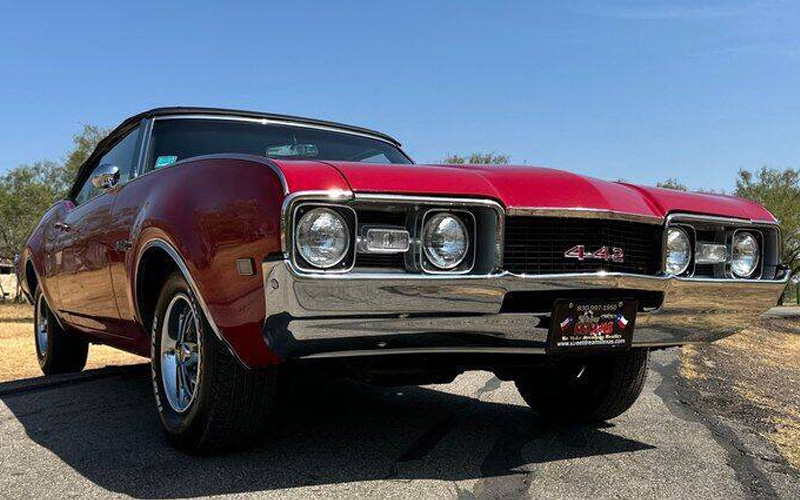
The 442 was born from an internal competition between GM brands Pontiac and Oldsmobile. In 1964, Pontiac had an unexpected success on its hands with the high-performance GTO variant of its Le Mans. And let’s not forget the big bad Chevy Chevelle.
Naturally, Olds had to respond and quickly came up with a beefed-up Cutlass option package known as the 442. But it was in 1968 that the third-gen Cutlass debuted and with it came an all-new 442 that stood tall as its own model. Thus, the second-generation Oldsmobile Cutlass 442 was born.

These early 442s were sold in Sports Coupe, Holiday Coupe (which was a pillarless design), or convertible body styles with price tags ranging from $3,063 to $3,341 in 1968 dollars. The standard setup was a 400 CID “Rocket” V8 breathing through a 4-barrel carburetor to put 350 hp and 440 lb-ft of torque to the rear wheels via a 3-speed manual transmission.
Optional powertrains included a 325-horse Rocket V8 when paired with a 3-speed automatic and a 360-horse unit featuring forced-air induction. That setup was known as the W-30, a high-performance package for the 442 sold in period marketing by “Dr. Oldsmobile”. Themed to mimic Dr. Frankenstein, this character and his hunchbacked assistant were shown “operating” on “W Machines”.
Partnership with Hurst

But even Dr. Oldsmobile couldn’t compete with the marketing – and performance – might of Hurst. Already known for their killer shifters, Hurst and Olds partnered up in 1968 to craft an unoriginally named Hurst/Olds variant based on the 442.
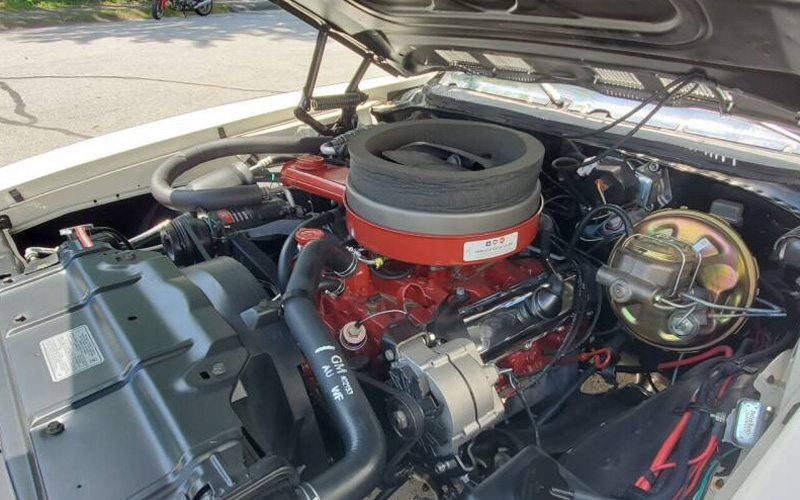
Fortunately, the performance was far more impressive than the nameplate as these limited production Hurst/Olds models were rated for 390 hp, could do the 60-mph sprint in 5.4 seconds, and the quarter-mile in under 13 seconds – all of which was quite fast for the time. This was achieved by stuffing a 455 CID V8 under the hood, a displacement that exceeded General Motor’s internal engine size cap of 400 cubic inches. To make it happen, Olds claimed Hurst was installing the engines, which GM was no doubt happy to believe.
Peak Production of the Oldsmobile Cutlass 442
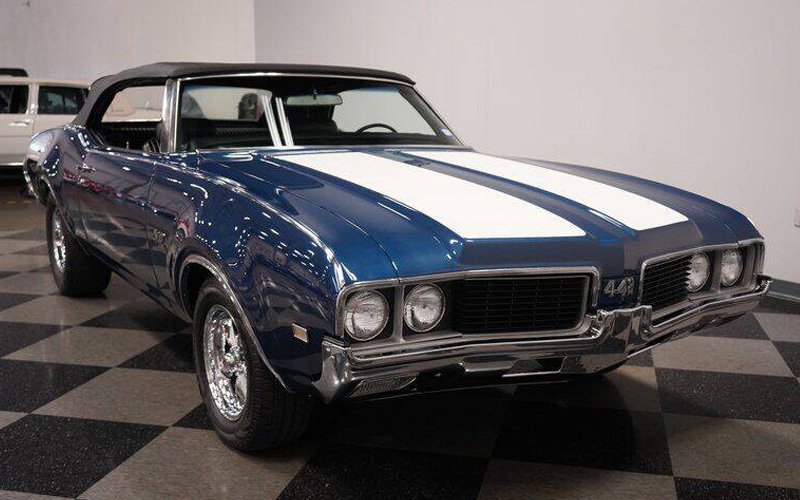
For 1969, the Oldsmobile Cutlass 442 was largely the same inside and out, aside from a new vertical “tooth” in the front grille and 442 badging that had nearly doubled in size. The W-30 continued production but the previous Turnpike Cruiser setup – which featured 2-barrel carburetion to improve efficiency – was dropped. Hurst and Oldsmobile were back at it this year with a revised Hurst/Olds 442 sporting a Cameo White and Fire Frost Gold color scheme, dual “mailbox” hood scoops, and a monster rear spoiler.
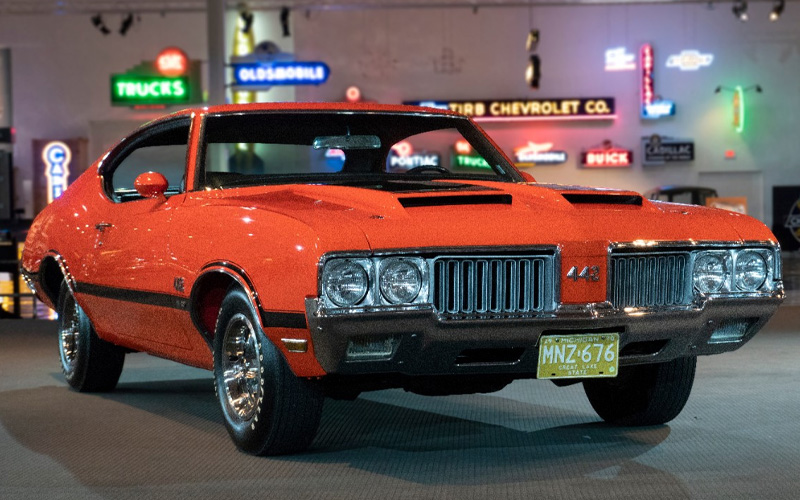
By 1970, just three years into standalone 442 production, the mighty Olds was hitting its peak. General Motors ditched the engine displacement limit to keep up with the Detroit horsepower wars and Oldsmobile responded by making a 455 CID V8 standard equipment on the 442. This setup was rated for 365 horsepower and a whopping 500 lb-ft of torque. One shudders to think how quickly these big ol’ brutes guzzled the premium fuel required to run. Little wonder they were fitted with 20-gallon gas tanks.
The W-30 package also returned in 1970 making just 5 more horsepower than the base 442. However, for 1970, the W-30 came with a fiberglass hood, a low-restriction air cleaner, an aluminum intake manifold, special cylinder heads, plastic inner fenders, and less sound insulation all in the name of less weight and higher performance. Even wilder? There were said to be 2 of these setups specially ordered in Vista Cruiser station wagon trim. Though a regular Cutlass is one of our favorite affordable muscle cars, well-kept examples of the limited-production 1970 442 W-30 trade hands for over $100,000 today.
The End of the Cutlass 442 Muscle Car

It was fitting that the 1970 Oldsmobile Cutlass 442 was selected for Indy 500 pace car duty that year as performance began to decline quickly the following year. This is not surprising as President Nixon had just finished signing the Clean Air Act, legislation that would effectively end the muscle car Golden Age by instituting strict emissions controls. For 1971, that meant all GM engines were showing lower outputs as the automaker began requiring the use of unleaded fuel in anticipation of mandatory catalytic converters a few years later.
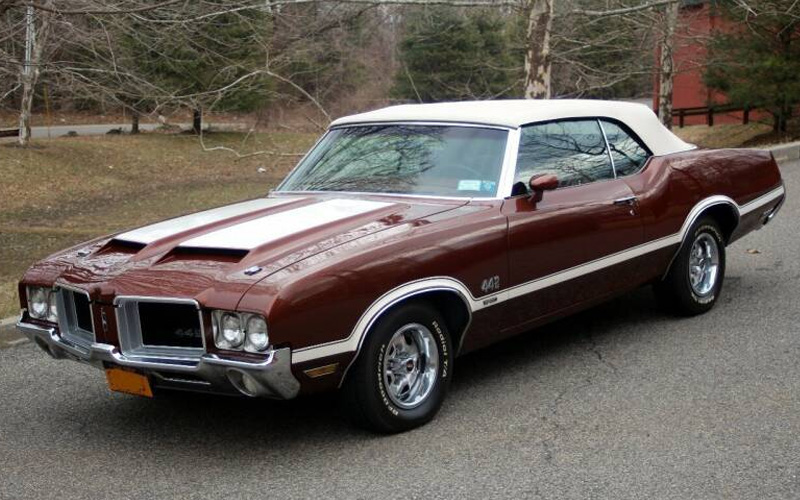
These 1971 Olds 442s were still packing a Rocket 455 V8, but torque was way down, from 500 to 370 lb-ft. Though horsepower was reduced less dramatically from 365 to 340, it coincided with the industry-wide move to rate engines in “net” instead of “gross” power. That meant that the 340 hp was written as 270, a hard sell for muscle car fans. Tellingly, some period brochures list the displacement and torque figures of the 455 motor, but not the horsepower.
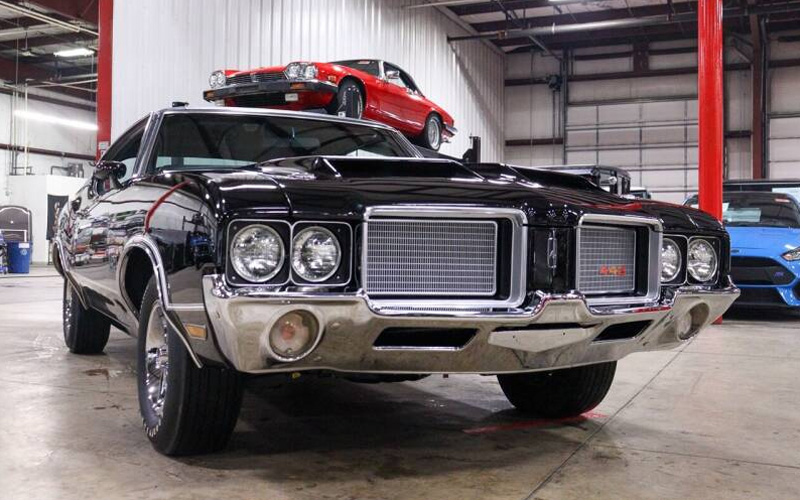
For the 1972 model year, Oldsmobile reverted the 442 to an optional package on the Cutlass. It marked the final year of third-gen Cutlass production and the end of the gas-guzzling muscle car era. A 350 CID V8 was now the standard motor and the 442 package consisted of heavy-duty suspension components, body stripes, and wider wheels. The W30 setup could still be optioned with a Rocket 455 and the Hurst/Olds variant returned this year – and paced the Indy 500 – but neither was on the level of prior years.
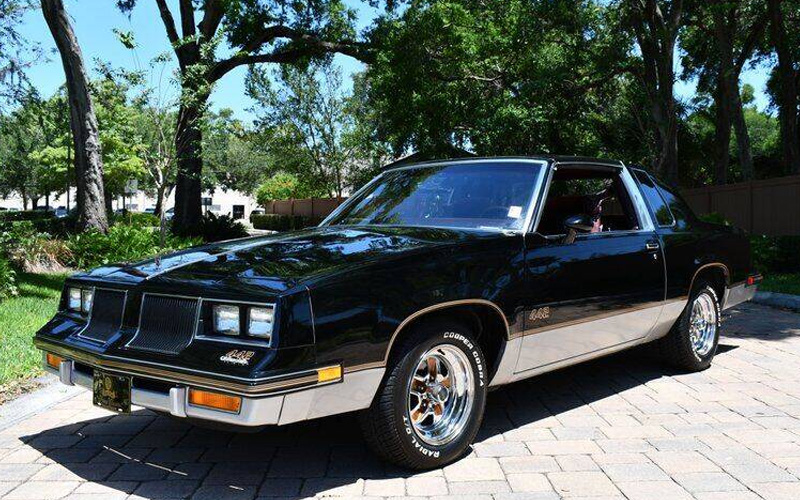
Throughout the 1970s and 1980s, the 442 brand lived on, but it was a shadow of its former roaring self. By the early 1990s, Oldsmobile had applied the storied nameplate one last time to a forgettable FWD compact-sized Cutlass. And in 2004, the automaker itself was sent to the dust heap of defunct manufacturers. Considering how incredible the second-generation Oldsmobile Cutlass 442 was, this ignominious end is a real bummer. So, while these Oldsmobiles tend to land in the forgotten muscle car department, next time you see a 60s-era 442 rumbling down the road, enjoy reflecting on how amazing that Olds really is.


